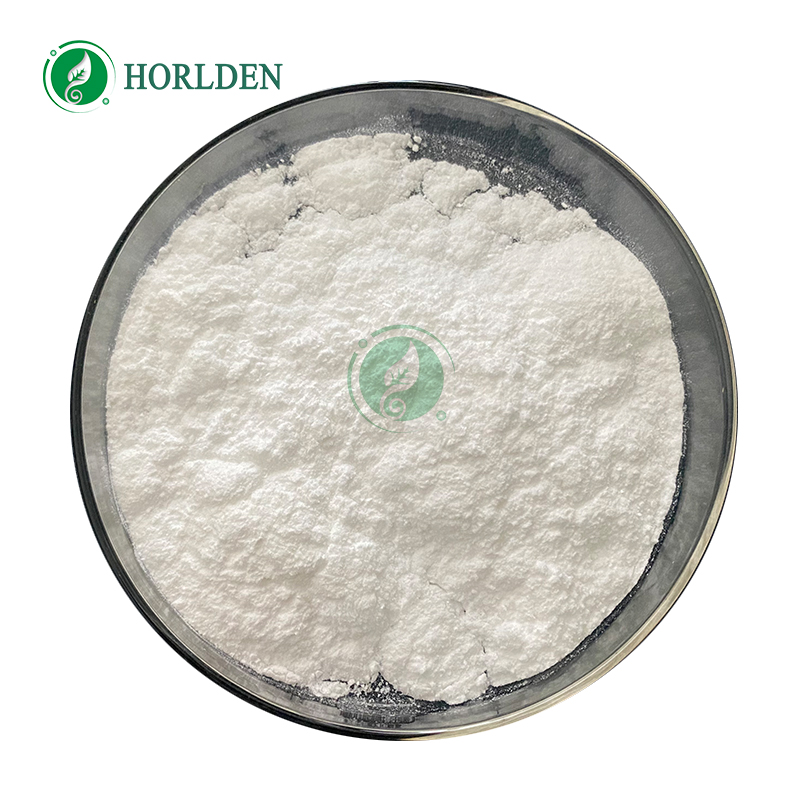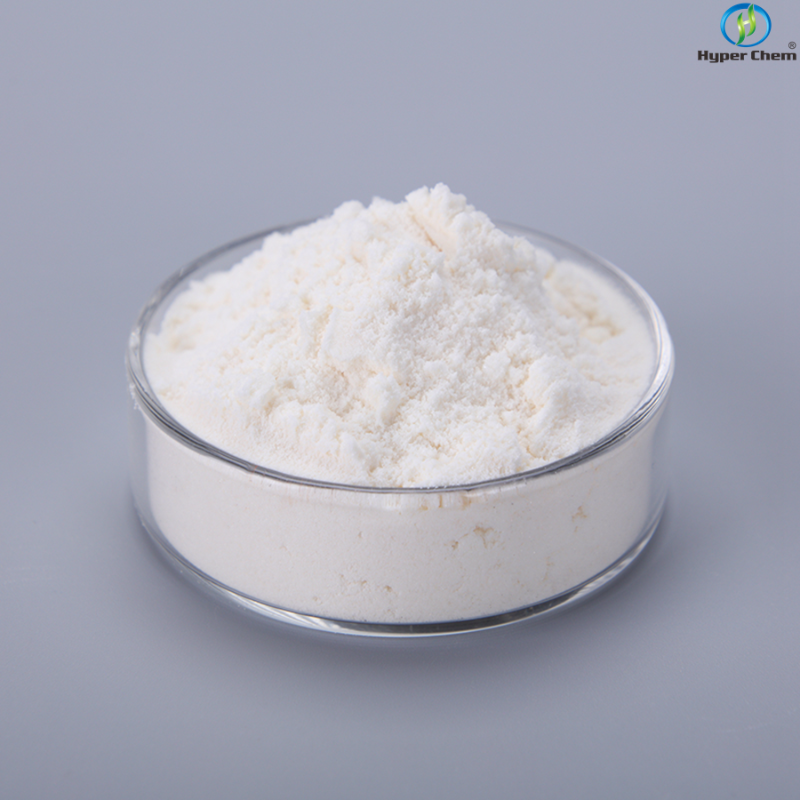-
Categories
-
Pharmaceutical Intermediates
-
Active Pharmaceutical Ingredients
-
Food Additives
- Industrial Coatings
- Agrochemicals
- Dyes and Pigments
- Surfactant
- Flavors and Fragrances
- Chemical Reagents
- Catalyst and Auxiliary
- Natural Products
- Inorganic Chemistry
-
Organic Chemistry
-
Biochemical Engineering
- Analytical Chemistry
-
Cosmetic Ingredient
- Water Treatment Chemical
-
Pharmaceutical Intermediates
Promotion
ECHEMI Mall
Wholesale
Weekly Price
Exhibition
News
-
Trade Service
N-[4-[(3-Chloro-4-fluorophenyl)amino]-7-[[(3S)-tetrahydro-3-furanyl]oxy]-6-quinazolinyl]-4-(dimethylamino)-2-butenamide, also known as MK-8628, is an investigational drug developed by Merck & Co.
for the treatment of various diseases, including cancer and viral infections.
The safety of this compound is of utmost importance in the development and use of new drugs in the pharmaceutical industry.
The safety of N-[4-[(3-Chloro-4-fluorophenyl)amino]-7-[[(3S)-tetrahydro-3-furanyl]oxy]-6-quinazolinyl]-4-(dimethylamino)-2-butenamide has been studied extensively in preclinical and clinical trials.
Preclinical studies involve testing the compound in laboratory animals to evaluate its safety and efficacy before proceeding to clinical trials in humans.
These studies help identify any potential safety concerns or adverse effects of the drug.
The results of preclinical studies on N-[4-[(3-Chloro-4-fluorophenyl)amino]-7-[[(3S)-tetrahydro-3-furanyl]oxy]-6-quinazolinyl]-4-(dimethylamino)-2-butenamide have shown that it has a good safety profile and is well-tolerated in various animal models.
The compound has demonstrated efficacy in reducing viral load and increasing immune cell counts in animals infected with HIV, and it has also shown promise in treating cancer in preclinical models.
Clinical trials involve testing the drug in human subjects to further evaluate its safety and efficacy.
These trials are conducted in three phases, with each phase designed to answer specific safety and efficacy questions about the drug.
Phase 1 involves testing the safety of the drug in healthy volunteers, while phases 2 and 3 involve testing the safety and efficacy of the drug in patients with the targeted disease.
The safety of N-[4-[(3-Chloro-4-fluorophenyl)amino]-7-[[(3S)-tetrahydro-3-furanyl]oxy]-6-quinazolinyl]-4-(dimethylamino)-2-butenamide has been evaluated in clinical trials, and the results have been encouraging.
The compound has been well-tolerated in these trials, with most adverse events being mild to moderate in severity.
The most common adverse events reported have included nausea, diarrhea, and fatigue, which are typical of many chemotherapy drugs.
In addition to its good safety profile, N-[4-[(3-Chloro-4-fluorophenyl)amino]-7-[[(3S)-tetrahydro-3-furanyl]oxy]-6-quinazolinyl]-4-(dimethylamino)-2-butenamide has shown promising efficacy in treating cancer and viral infections.
The compound has demonstrated activity against a wide range of cancer cells in vitro and in vivo, including cells from breast, ovarian, and pancreatic cancer.
It has also shown activity against HIV in vitro and in vivo, making it a promising candidate for the treatment of HIV and AIDS.
Overall, the safety of N-[4-[(3-Chloro-4-fluorophenyl)amino]-7-[[(3S)-tetrahydro-3-furanyl]oxy]-6-quinazolinyl]-4-(dimethylamino)-2







